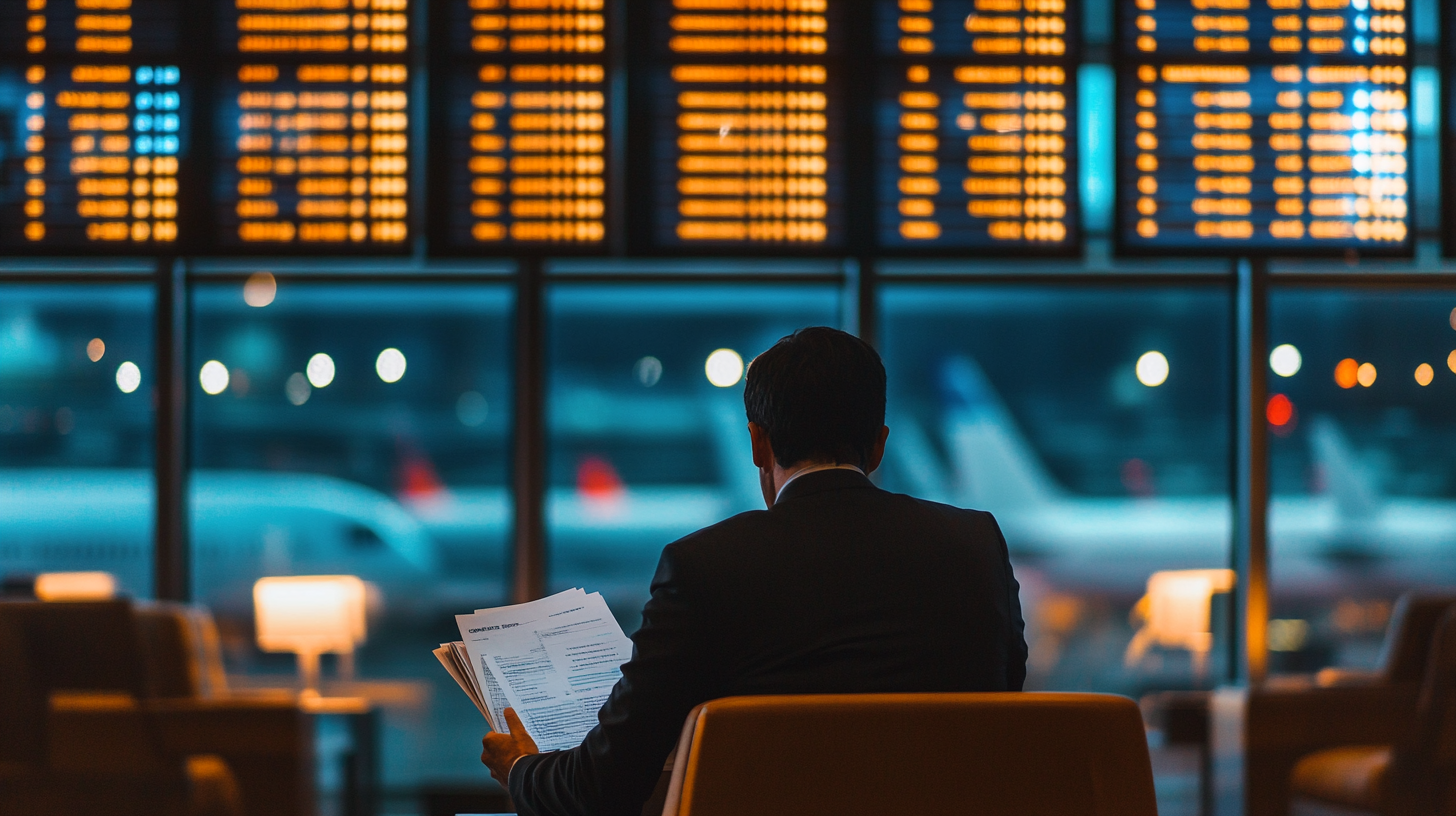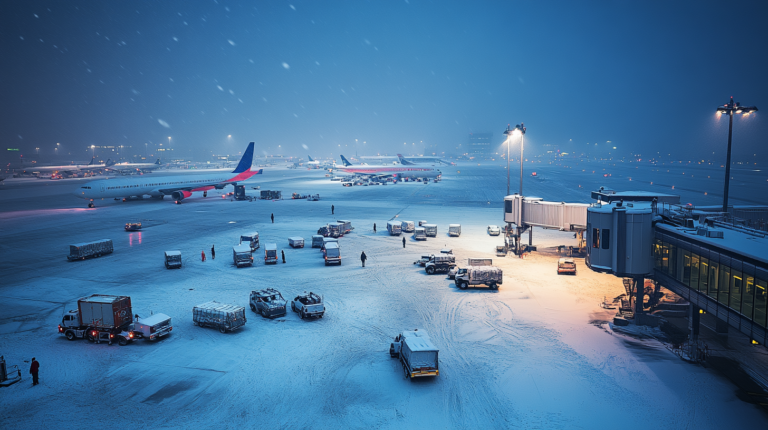Streamlined Savings: A Frequent Flyer’s Guide to Business Travel Reimbursement

I cherish those moments gazing out the cabin window, and over the years, I’ve learned just how transformative a well-planned reimbursement strategy can be for frequent flyers. When you’re hopping from one airport lounge to another, small details can add up in a big way. From sorting out which expenses the IRS deems deductible to collecting the right receipts, getting a solid payoff on your travels has never been more achievable. Let’s dive into the core aspects of business travel reimbursement, explore global nuances, and discover how to stay organized with minimal hassle.
Understanding Business Travel Deductions

I’ve come to appreciate how even the most seasoned travelers sometimes miss out on legitimate write-offs simply because they don’t know the regulations. According to IRS Tax Tip 2023-15, you may deduct ordinary and necessary costs for trips requiring an overnight stay away from your tax home, as long as the journey is strictly business-related and under a year in length. For me, that means every ticket I book or hotel I reserve for legitimate business stays can potentially be tax-deductible—if I keep the right documentation. The biggest pitfall is mixing leisure with work without properly recording what’s business versus personal. Meals, for instance, are typically 50% deductible, but substantiating them with a receipt and a clear business purpose is crucial.
In my own travels, I’ve seen how quickly costs can balloon if you aren’t selective with airfare and lodging. When your flight is more champagne than water bottle, the IRS may not see it as ‘ordinary.’ Prudence goes a long way in avoiding scrutiny. I’ve even witnessed colleagues have reimbursements denied when they tried to claim overly indulgent upgrades without legitimate business reasons. A well-documented itinerary and confirmation that the trip’s main purpose was work can safeguard you from audits down the line.
Interestingly, industry data suggests that only about 60% of U.S. business travelers fully understand which travel-related expenses qualify under IRS rules. As we push into 2025, staying informed can help you leverage every legitimate deduction, boosting your bottom line and letting you channel those extra funds into future flights.
Global Reimbursement Policies

Traveling abroad often teaches me that no two countries follow the exact same playbook for reimbursements. In the U.S., there’s an expectation that employers cover necessary travel time, though out-of-pocket costs can vary widely from one company policy to another. Jump across the pond, and you’ll find that the U.K. typically outlines tax relief for work-related expenses rather than mandating blanket reimbursements. In the Netherlands, reimbursement guidelines tend to be spelled out in collective labor agreements, which means each industry might have slightly different rules. Meanwhile, the Czech Republic goes a step further by requiring certain expenses, like fuel and per diem costs, to be legally reimbursed under local law.
From my perspective, one of the biggest challenges multinational companies face is harmonizing these different systems so that employees aren’t stuck in reimbursement limbo. I’ve witnessed teams mitigate stress by creating a universal policy that meets local legal standards in each country they operate. If you’re planning to fly frequently across borders, it’s wise to learn or at least glance at regional requirements before packing your suitcase. A recent study suggests that organizations that take time to standardize their policies see fewer disputes and process claims in half the time compared to those with fragmented approaches.
Keeping transparency at the forefront is key—employees and finance teams alike should know exactly what’s reimbursable, how to submit a claim, and when they can expect reimbursement. In my view, alignment across borders fosters trust and helps maintain a smoother experience for everyone.
Streamlining Expense Management

Ever felt like you spent more time filing receipts than actually zooming through the skies? You’re not alone. The good news is that modern T&E (Travel & Expense) tools, like Fyle or BILL Spend & Expense, significantly cut down on administrative headaches. I’ve seen entire departments switch to digital approvals, instant receipt uploads, and automated calculations for eligible deductions. Not only does it save an immense amount of time, but it also reduces the chance of human error that inevitably creeps into manual processes.
In my own travels, I appreciate the convenience of snapping a photo of my meal invoice and letting the system figure out the 50% tax rule for me. According to a 2024 industry report, companies that fully embrace real-time T&E solutions experience a 20% reduction in processing costs and a 15% faster reimbursement turnaround. When you’re the one waiting on a payment, that speed really matters. These tools also provide immediate visibility to management, so approvals don’t get bottlenecked.
One tip I always pass along: Know how you’ll pay for expenses before you depart. Whether it’s a corporate card, a personal card, or a cash allowance, it’s smart to track it all in one place. When your data is consolidated, it’s easier to see trends, highlight tax-deductible expenses, and plan for the next trip without rummaging through piles of receipts.
Best Practices for Hassle-Free Recordkeeping

The backbone of any successful reimbursement process is a clear, concise expense policy. I’ve often observed that organizations with well-defined guidelines—like specifying spending limits, pre-approval requirements for flights, and itemized receipts—run into fewer disputes. During an audit, every detail will be under scrutiny, so it pays to keep well-organized records. In my experience, having a 30-day window for submitting expenses is common and ensures everything stays fresh in your mind.
If you’re traveling within regions that allow government tax exemption certificates—like certain states in the U.S.—don’t forget to use them for lodging taxes or other eligible costs. I once missed out on a notable deduction simply because I forgot to present the proper certificate at check-in. That’s the sort of small oversight that can add up over multiple trips. Now, I keep a digital folder with essential documents ready to go on my devices, just in case.
There’s also the matter of trust: employees feel more at ease when they understand the reimbursement process is transparent and fair, while finance teams benefit from fewer surprises. A robust policy fosters a positive culture where travelers can focus on what really matters—building relationships, closing deals, and sharing memorable stories from the skies.
Final Thoughts

Business travel can be an adventure, and at the same time, a considerable financial investment. When you have the necessary know-how—supported by organized documentation and aligned policies—those reimbursable costs become an opportunity to save and even invest in more comfortable travel experiences in the future. The strategy of consistent recordkeeping pays off in smoother financial transactions, increased compliance, and less stress overall.
Whether you’re a frequent flyer or just dipping your toes into the world of business travel, keep an eye on changing regulations and innovative digital tools. After all, your travel days should be spent enjoying the journey, not worried about paperwork. When everything’s in order, you can relax in your seat and savor that panoramic view, knowing your expense process is on autopilot.
Ryder’s Take
I’ve spent countless hours scouting the best seats and curating tips from fellow travelers, and it’s clear that the most satisfying journeys often hinge on smart financial planning. A polished reimbursement routine means fewer surprises and more time watching clouds drift by.
I always say: plan well, file meticulously, and you’ll free your mind for what truly matters—flying higher and exploring new horizons. Once you nail this routine, each trip feels more like a reward than a burden.
Seat5A is here to guide your next great flight.






